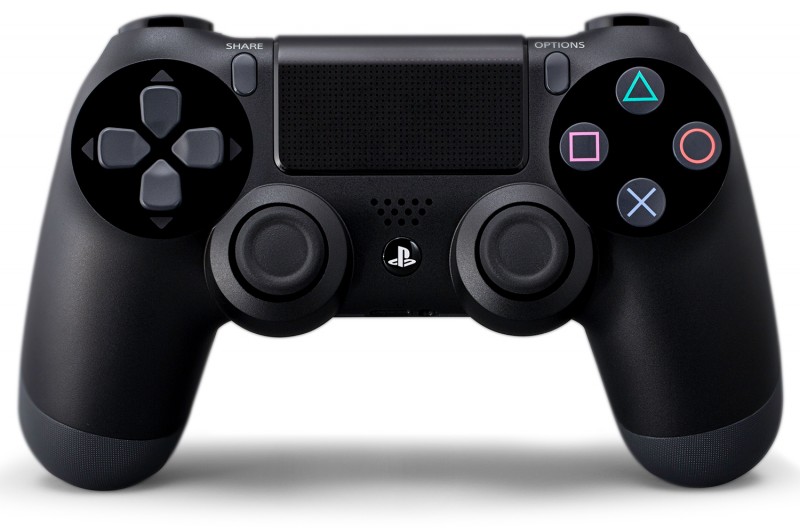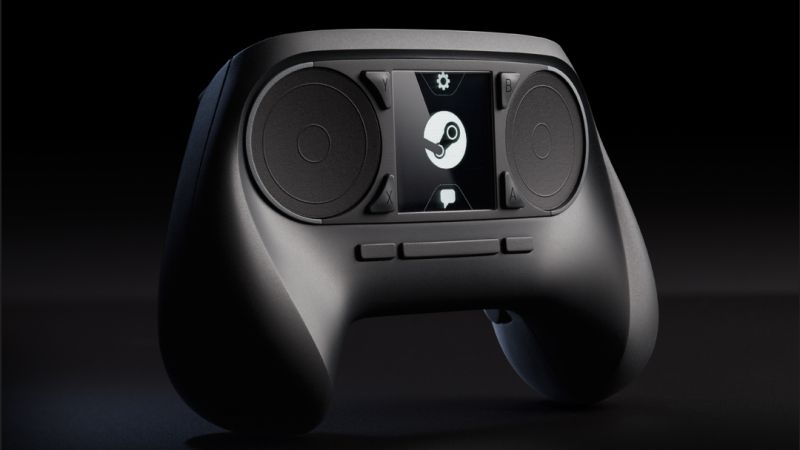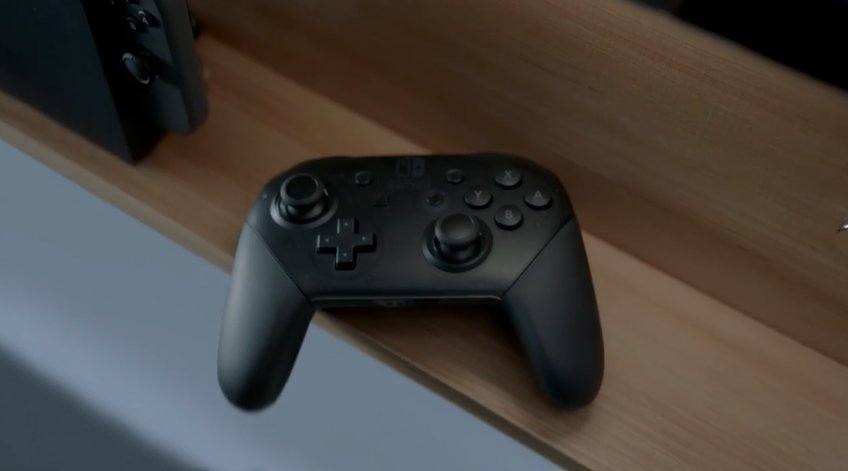
The 9th-gen consoles are getting closer and closer by the day. Recently, Sony added fuel to the rumor mill by giving us some further details about the Playstation 5. For starters, it actually will be called the Playstation 5. This isn’t that surprising, but it’s reassuring considering how often big brands like to confusingly change up their flagship names (we’re looking at you, Apple.) What was more interesting was the announcement that the PS5 will utilize haptic controllers.
What exactly does this entail for gaming? Is it a gimmick or will it fundamentally alter the moment-to-moment gaming experience?
The folks over at Wired recently got exclusive access to Sony’s latest controller iteration. It’s important to note that they were using something that’s a work in progress. Sony can, and likely will change the final design. Their overall impression is of a device that looks and handles very much like a Dualshock 4. It’s the under-the-hood improvements, especially to haptic feedback, that set the Dualshock (5?) apart from its predecessor.
Let’s start by discussing haptic feedback itself. If you’ve ever gamed on console, you’ve encountered haptic feedback at one point of time or the other. Its feedback that utilizes your sense of touch–controller vibration, in other words.
Conventional rumble in most controllers has been the same for nearly 20 years. Way back in 1997, the Dualshock debuted as a new control device for the PSX. It made use of some very simple mechanical principles to facilitate rumble. There were two motors in each grip, both attached to an uneven weight. When the motors rotated, they’d bounce up and down to compensate for the unevenness of the weights. This would turn into the controller rumble.
Surprisingly, the underlying tech hasn’t changed at all for the past three and half console generations. While graphics and sound design have improved by leaps and bounds, force feedback in a 2019 game isn’t terribly different from force feedback in a 1999 Playstation title. Controller vibration can signpost when something happens and the intensity, but it’s simply not refined enough to give you a feel of what it is that’s happening. If you closed your eyes, you’d have a hard time telling apart one controller rumble from the next.
New-generation haptic feedback devices operate on a different set of principles. It’s easiest to think of devices like the Switch’s HD Rumble as being similar to speakers. If you’ve ever put your hand on a subwoofer, you’d have noticed it vibrating. The Switch’s linear resonant actuator works on the same principle. HD Rumble is essentially “sound” you can feel and, as such, it’s able to convey a much wider range of touch sensations than conventional rumble.
It’s interesting to note that the Wired report mentioned something along these lines: In the demo of Gran Turismo Sport they played, different track surfaces felt distinctly different to drive across. With conventional rumble, the only way to differentiate this was by differencing the intensity of the rumble. With a linear actuator, it’s possible to shape the texture of the feedback itself.
The PS5 isn’t the first console to use haptic controllers. As we mentioned earlier, Switch’s “HD Rumble” feature is essentially the same thing. While Switch controllers in general have been a little spotty, the HD rumble feature adds significantly to some titles like 1-2 Switch. Instead of feeling like a random vibration, HD rumble gives you a sense of the object it’s trying to emulate. The way that HD rumble works at a technical level could give us an idea of what Sony is doing with the PS5 controller.
The Steam Controller’s haptic feedback is another pioneering step in this direction. However, from personal experience, it’s far from ideal. The haptic feedback motors in the Steam Controller generate a lot of sound and not as much, well, vibration. In some cases when haptics are turned all the way up, there’s more sound than feedback and that can get annoying fast. Someone even figured out how to get the motors to play back 8-bit chiptunes. They’re that loud. However, when the haptics do work, vibration feels more nuanced than on standard controllers.
There is one aspect of the Steam Controller that could give us a good idea of how the PS5’s haptics will work. Sony’s statement mentions that the PS5 will make use of “adaptive triggers.” These would offer a varying level of resistance, depending on the use case. For instance when drawing a bow, resistance might dynamically change to reflect how far back it’s been pulled. What does any of this have to do with the Steam controller? It’s awfully similar to the joystick emulation on the Steam Controller’s touchpads. In order to simulate the feeling of a physical touchpad, the haptics vibrate at different intensities as your thumb moved to different quadrants of the touchpad. “Resistance” is greatest in the area closest to the centre of the touchpad. This gives you the distinct feeling of variable tension. While it’s not quite the same thing as having a physical joystick, it’s a fundamentally different experience from regular controller rumble. It’s likely that variable resistance with the PS5 triggers will work in a similar way.
An important question, then is how much haptics will contribute to the overall gaming experience. For most of gaming history, videogames have audiovisual experiences. They focus on the two senses that guide us the most–our senses of hearing and sight respectively. Yet, with the rise of VR and AR over the past couple years, developers have increasingly been looking at ways to bring other senses into the picture.
Regular videogames work fine as purely audiovisual experiences. But VR requires all the senses to be utilized for proper immersion. Haptic feedback on VR controllers, like the Oculus Rift’s Touch controllers, developed out of this necessity. While VR isn’t necessarily going to go mainstream anytime soon, the current interest in haptics is likely due to a trickle down of the tech to segments outside the VR space.
This is why we see devices as disparate as the Steam controllers–for PC games, the Switch–Nintendo’s mobile/console hybrid, and the PS5–Sony’s AAA 9th gen monster–all feature haptic feedback. It’s a relatively easy way to add a compelling new layer to gameplay experiences without the kind of demands that VR makes. Unlike VR, adding haptic feedback won’t increase Sony’s bill of materials on the PS5 by more than a few dollars, nor will it require developers to fundamentally rethink their game design approaches. The trickle down genuinely benefits gamers.
When properly implemented, haptic feedback can provide experiences that are just not possible with conventional rumble.It provides us with yet another way of connecting with the games we play. While technical leaps tend to focus disproportionately on visuals, new approaches like haptic feedback arguably contribute just as much to the overall “next-gen” experience.
Note: The views expressed in this article are those of the author and do not necessarily represent the views of, and should not be attributed to, GamingBolt as an organization.

















